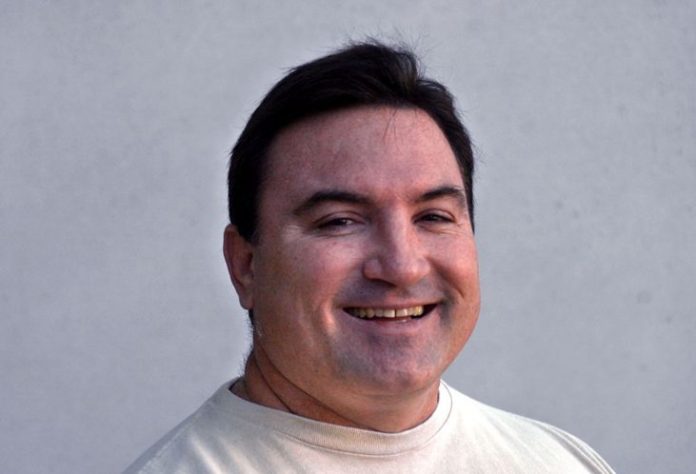The Tampa Bay Times
Winds from storm Elsa could stir up the bottom depending on how close it gets to our coast. The distance between the waves generated by the storm is also the distance that the power of the waves go down toward the seafloor. There is no true way to know how bad the sand and bottom material has been kicked up after a storm but to go and see. The excess water flowing from rains and coming off the land into the Gulf of Mexico can also mix up with the Gulf waters and cause extreme turbidity. Turbid water is the term used to describe suspended particles in the water that effects visibility. So the rain runoff and big waves can seriously hamper the ability for divers to see when spearing. Hopefully, the storm is not very powerful and the water will clear up quickly. This is the time of year when the majority of divers venture out to spear a few fish and enjoy the warm waters. Not needing to wear wetsuits always imparts a feeling of freedom to divers and makes for enjoyable diving.
Gag grouper season is still open and most of these fish have moved to deeper water as the water warms up. Depths from 60’ to 100’ are the areas to look at first. As always, the bigger ones are deeper. If you find a thermocline near the bottom, that is the area to focus upon. These groupers love to be in the cooler water just under the thermocline.
- Jay Mastry - March 26, 2024
- Captains Corner, Gorta - March 23, 2024
- Dave Zalewski - March 12, 2024











